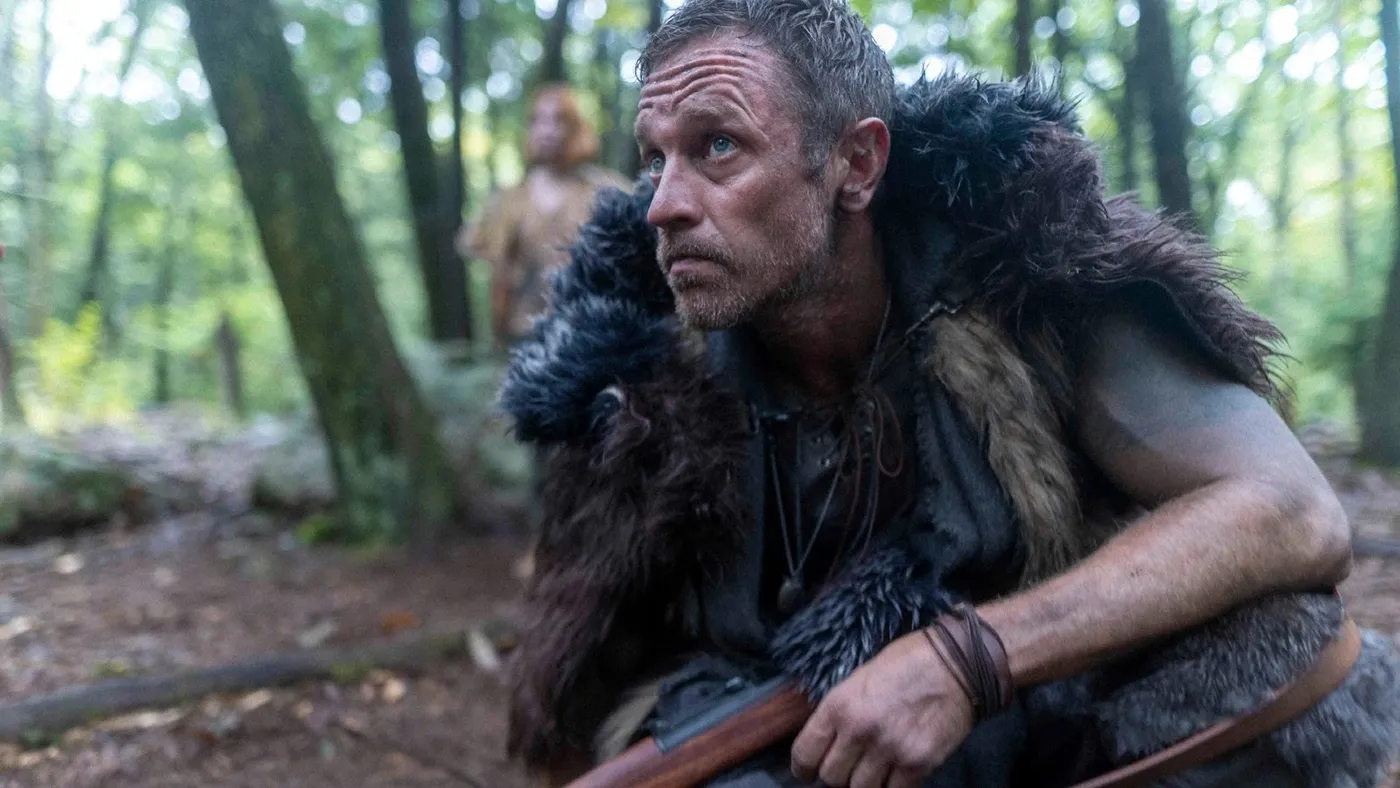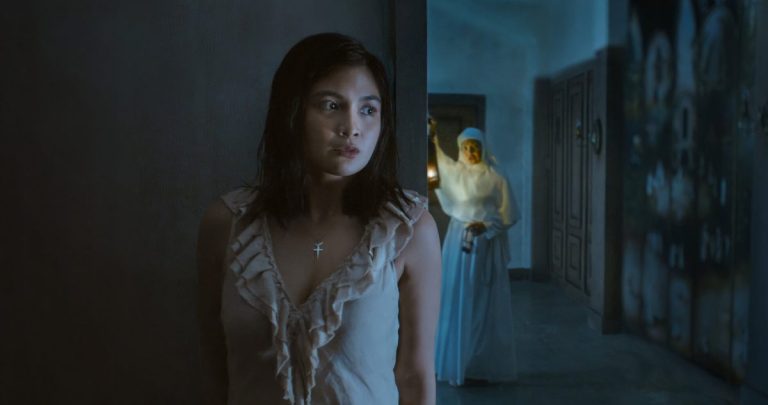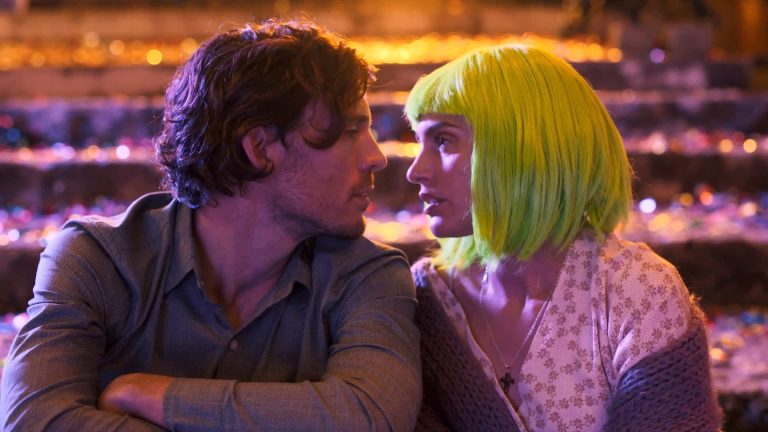Perhaps it denotes my familiarity and avenues of media I like to frequent, but the concept of the Wendigo immediately reminds me of the Steve Englehart iteration of the mythological creature, which has a morphology similar to that of a huge bigfoot monster, just with white fur. The cannibalism associated with the Wendigo myths remains intact. As it turns out, the more popular and well-known iterations of the Wendigo describe it as “an ugly grinning creature, with yellow-gray eyes, ears replaced by a ram’s horns, white vapor erupting from its nostrils, and a yellow decaying tongue.” At least, that’s the description that horror master Stephen King would furnish.
There is a pretty exciting and interesting film within “Consumed”: the hunt between a hunter and the Wendigo, similar to the battle between the Predator and Arnold Schwarzenegger’s mercenary leader Butch, with a married couple caught in the crossfire. If that had been the impetus from the beginning, “Consumed” might have been engaging from the jump.
As it stands, the David Calbert-written and Mitchell Altieri-directed film makes the blunder of giving the audience a surrogate and final girl perspective on Courtney Halverson’s character Beth. On paper, the idea is sound: that of a woman in remission from cancer visualizes herself being destroyed, her heart torn out by claws, and her dreams coming true when the monster finds her as a delectable target due to the sickness clawing inside of her. Perhaps equating the supernatural with something as life-threatening as cancer would give the film added weight.
The problem stems from the mistake of writing an independent, strong woman—forcefully trying to reassert her independence so that she couldn’t afford to feel helpless—as someone downright unlikeable. The performance by Courtney Halverson or Mark Famigletti is bland and doesn’t help either, and thus the film’s first act following the couple trekking across the mountainous, forested region is only saved by the gorgeous frames captured by the cinematographer, M.I. Littin Menz.

The second act begins with the introduction of the monster as a CGI-smoke creature and Devon Sawa’s hunter, living off the land. The production and art design, especially during the moments when Beth discovers the dead bodies or the skins strung across the tree trunks, are an absolute marvel of practical effects. That offsets some of the weird CGI moments, especially in the initial phase of the monster’s appearance. The final appearance of the monster, with the full Wendigo appearance as described under “Pet Semetary,” is remarkable.
What is also remarkable is Calvert’s decision to construct the Wendigo as a cosmic creature as well, leading to the movie fully leaning into its trippy, cosmic horror roots in the final acts. The moments feel ambiguous, but it’s almost as if Altieri is connecting Beth’s innermost fears and giving them form. It is muddled but a fascinating dovetail for a film whose narrative had the potential to be lean and frightful but ultimately becomes bloated and somewhat surreal by the end.
But to reach those interesting moments, one has to trudge through most of the sluggish moments of the first and second acts, and even an interesting taciturn performance by Devon Sawa couldn’t help matters. On paper, the ideas are sound, but in the execution, especially the bland character dynamics and the choice of the protagonist to structure this entire film around, the film falters. By the time the true squiggly form of the Wendigo, with its body horror roots, comes to the forefront, as teased in the poster, there is a high possibility that the viewer has already checked out.





![Titane [2021] Review – A horrifically tender story about love, rebirth, violence and family](https://79468c92.delivery.rocketcdn.me/wp-content/uploads/2021/10/Titane-1-highonfilms-768x432.jpg)
![Heavy Trip [2018]: Fantasia Film Festival Review](https://79468c92.delivery.rocketcdn.me/wp-content/uploads/2018/07/Heavy-Trip-1-768x432.jpg)
![Wrath Of Man [2021] Review : Guy Ritchie’s Stab At The Crime Epic](https://79468c92.delivery.rocketcdn.me/wp-content/uploads/2021/06/wrath-of-man-768x512.jpg)

